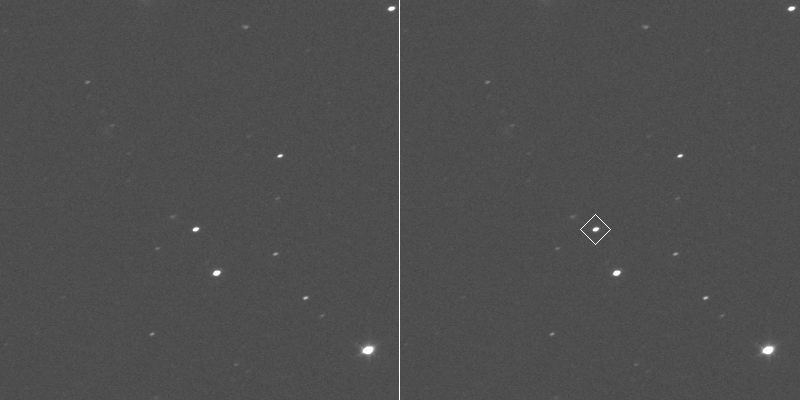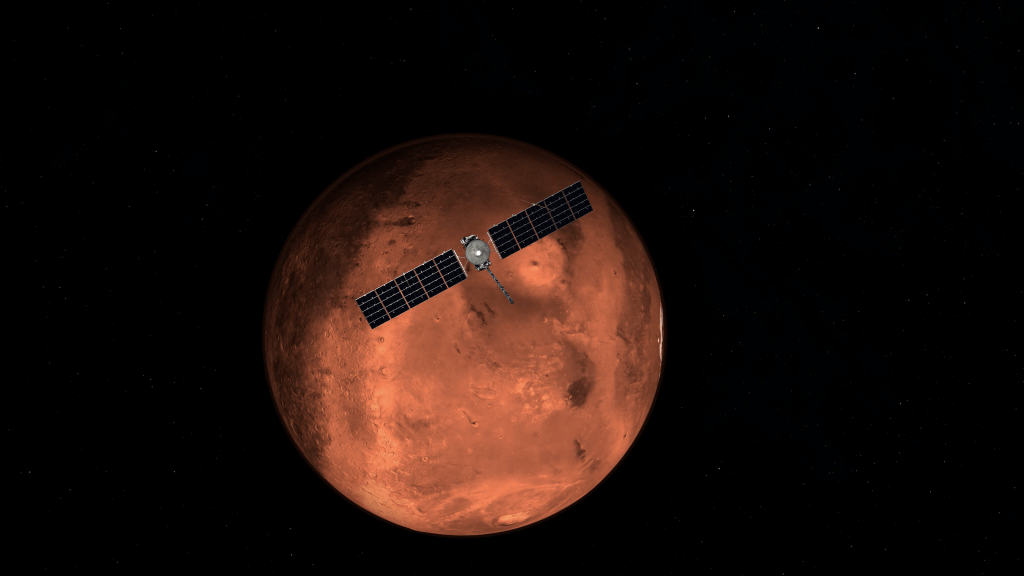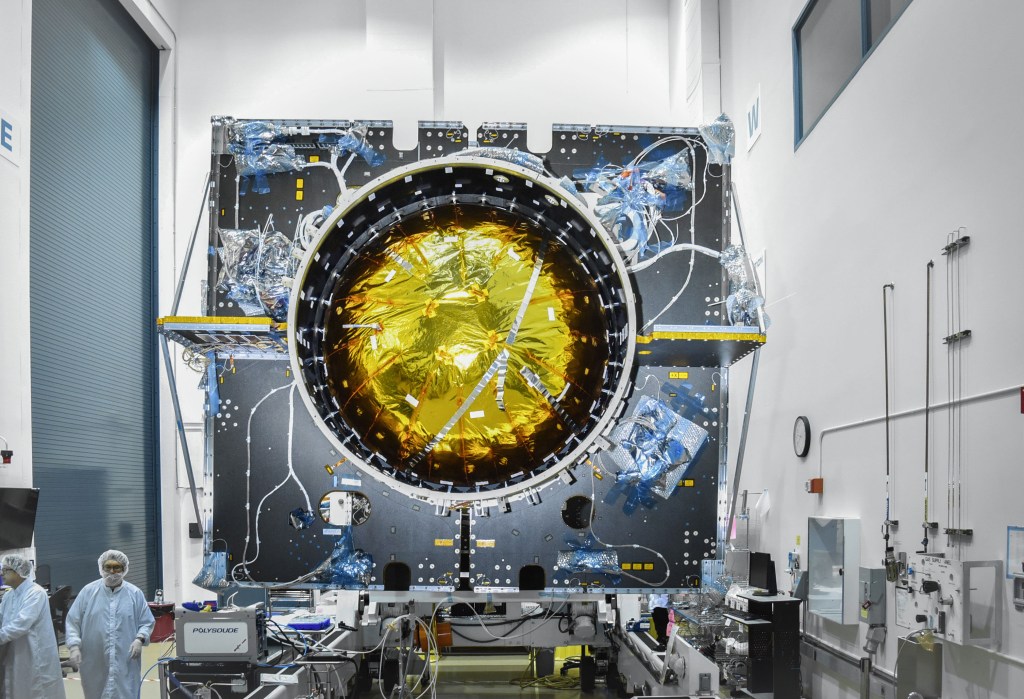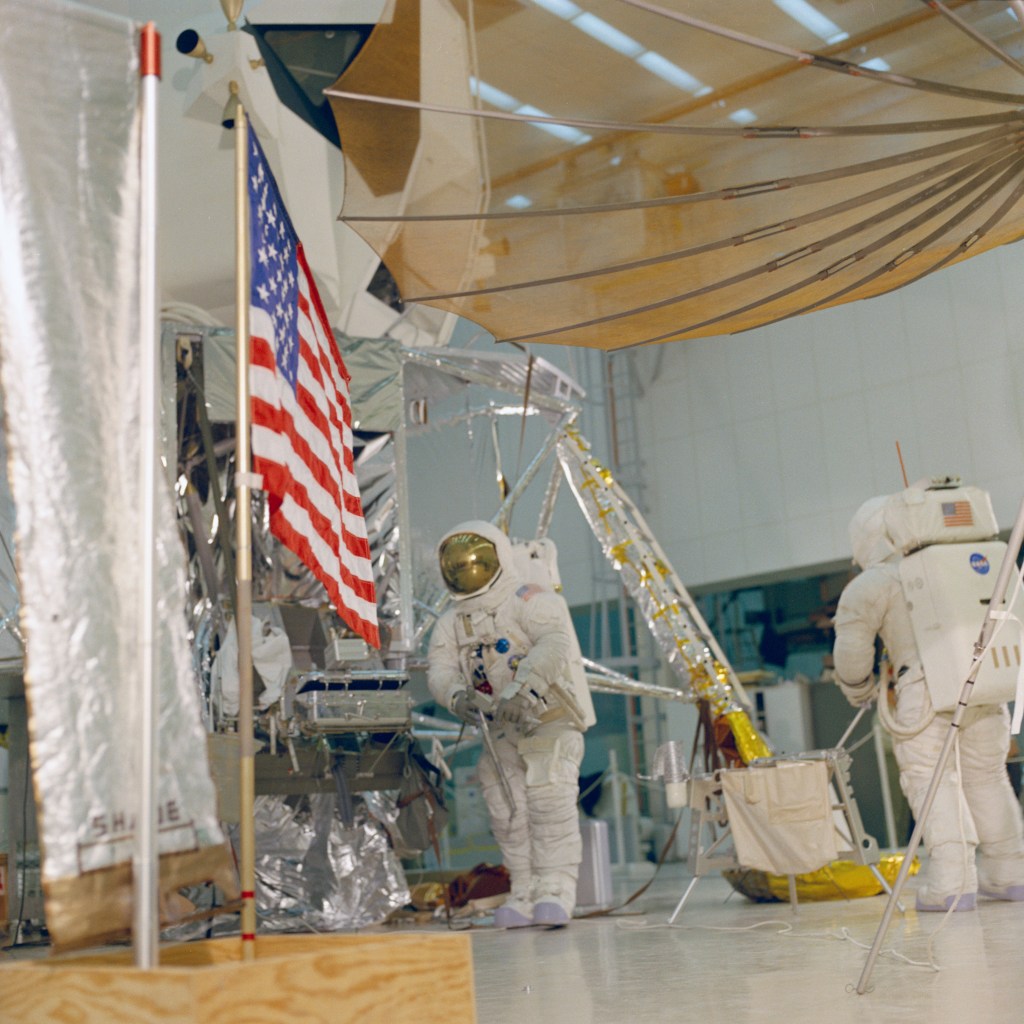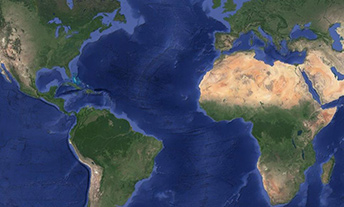
Tristan Caro
Geobiology Ph.D. Student - University of Colorado Boulder
Contents
- What first sparked your interest in space and science?
- How did you end up working in the space program?
- Tell us about your job. What do you do?
- What's one piece of advice you would give to others interested in a similar career?
- Who inspires you?
- What have been some of your favorite projects to work on?
- What are some fun facts about yourself?
- What is your favorite space image and why?
- Additional Links
- Where are they from?
What first sparked your interest in space and science?
I’ve been interested in space for a long time. When I was very young, I thought I wanted to be a theoretical astrophysicist or something like that, but the more I thought about it, the more I liked being able to think about science more concretely, with experiments I can test in a lab. I remember when I was in high school, seeing pictures of Mars’ surface, with its evidence of lake beds and rivers, and thinking how amazing it is that we can learn the stories of other planets by their geologies. I find it incredibly exciting to think about the untold stories these rocks have to share.
How did you end up working in the space program?
As an undergraduate I had the amazing opportunity to join the Space Life Sciences Training Program (SLSTP) at NASA’s Ames Research Center. I was mentored by Dr. David J. Smith, director of the Aerobiology Lab, and participated in an Antarctic high-altitude ballooning project. In my undergraduate studies, I continued to collaborate with Dr. Smith on various high-altitude aerobiology projects. I returned to Ames the following summer as a program coordinator for the SLSTP while also continuing research. This was an incredible experience because, unlike a typical internship, I was managing a group of interns and learning about the inner workings of a research center while also balancing my own research. Research is as much about how you work with people as it is about the science!
I look at rock-hosted biospheres – places deep beneath Earth’s surface where microbial ecosystems survive and thrive. When we go to other planets to look for life, we are likely going to be looking for these “deep biospheres.” – Tristan Caro
Tell us about your job. What do you do?
I am now a doctoral student at the University of Colorado Boulder. It’s a fun, intense, sometimes chaotic mixture of being a student and a full-time research scientist. Despite the difficulty, I find my work very fulfilling. There are few jobs that allow you to dive deeply into a subject you are passionate about while also giving you the tools to conduct experiments on questions you design.
I study the interactions between microorganisms (bacteria, fungi, and viruses) and their environments. Specifically, I look at rock-hosted biospheres – places deep beneath Earth’s surface where microbial ecosystems survive and thrive. When we go to other planets to look for life, we are likely going to be looking for these “deep biospheres.” But how do we know where to look? Perhaps we can use our understanding of geology and Earth’s deep biospheres to inform our searches. Here on the surface we take the food chain for granted: Plants take carbon from the air and produce an array of complex molecules that we can eat. Deep below Earth’s surface, there is no sunlight to fuel photosynthesis, but microbes have clever ways of acquiring energy and carbon. Some bacteria are able to capture carbon dioxide in the same way as plants – but without the use of light! And some of these bacteria respire minerals the same way we respire oxygen. In fact, this strategy is believed to be the earliest metabolism used on Earth.
What's one piece of advice you would give to others interested in a similar career?
Work hard and don’t be afraid to step outside your comfort zone when it comes to other disciplines. For a field like biology, especially, some of the most important discoveries arise when people figure out how to apply one field to another. For something like astrobiology, being able to talk to chemists and geologists is a must. You definitely don’t need to be an expert in every field, but being comfortable asking basic questions to other experts is key to understanding the big picture.
Who inspires you?
That’s a tough question. A lot of people. The mentors I’ve had have been inspiring. I’ve been lucky to have worked with a lot of really great people, both in and outside of NASA. My mentors over the years have been role models for how to balance being a great scientist with being a great person. We need more of that in science and engineering. My journey would not have been possible without professors offering life advice in office hours, graduate students patiently teaching me their methods, and NASA scientists answering cold emails. It’s something that I’ve really taken to heart, and I’m trying my best to share these values of inclusion and collaboration.
What have been some of your favorite projects to work on?
Oh, so many. I don’t know if I’ve had any bad projects. When I was an undergraduate, I worked with Dr. Britt Koskella on isolating bacteriophages (viruses that infect bacteria) from urban pear trees. We were curious how these viruses could modulate and perhaps prevent plant diseases, such as the fire blight disease that is caused by pathogenic bacteria. This was an incredibly fruitful project, and it got me thinking early on about the invisible microbial communities that exist everywhere. We are unaware of the immense, invisible battles being fought all around us between viruses, bacteria, and fungi, yet these battles can have enormous consequences on our health, food security, and Earth’s climate.
At NASA I worked with Dr. Smith on a project called Exposing Microorganisms in the Stratosphere. It is a large scientific balloon payload that flies out of McMurdo Station in Antarctica and exposes microbial samples to stratospheric conditions. The stratosphere is cold, dry, low-pressure, and bathed in radiation. This makes it an exemplary analog to the conditions one encounters on the Martian surface. We were curious how various bacteria and yeast fare in these conditions. When spacecraft go to Mars, they inevitably carry bacteria with them. If we are searching for life, we want to know that what we find is in fact Martian life and not stowaways from Earth. By flying microbes into the stratosphere, we can begin to understand if and how these microbes survive in such an extreme environment. For my doctorate, I pivoted from life up high, being blasted with the Sun’s rays, to life in the dark subsurface. It’s a bit funny to think that I’ve taken a complete 180-degree turn in my study system, but the themes are broadly similar. In 99% of microbiology experiments, life moves fast. E. coli, everyone’s favorite bacterium, reproduces itself every 30 minutes. In both the stratosphere and subsurface systems, I try to understand how life operates slowly – either because it is being slowed by stressors (like UV radiation) or by nutrient limitation. I’ve just started my degree work, so I will have to update you in a few years!
What are some fun facts about yourself?
This fact might be a bit too nerdy, but it is fun: I am a ham radio operator. I got into it while in college. Ham radio is neat because of how DIY it is and how much you can do with it. People do really cool things, like bounce radio waves off Earth’s magnetic field in order to talk with people on the other side of the planet. Some people build custom rigs that bounce radio waves off the Moon. I like to carry a radio with me when I go on road trips just to strike up conversations with other hams on the road or have a quick chat as I pass through a remote town.
What is your favorite space image and why?
Definitely this photo from Space Shuttle mission STS-130. The photo shows three layers of the atmosphere: the troposphere, the stratosphere, and the mesosphere. The orange is the troposphere, which goes up to around 45,000 feet. That’s where planes fly, clouds form, and most humans live their entire lives. Above it is the white stratosphere, where the air thins to a near-vacuum; above that is the mesosphere in blue. I think this is super neat, seeing the layers of the atmosphere so clearly divided.
Additional Links
Where are they from?
Planetary science is a global profession.

